Most parasitic infections today help to identify a well -designated analysis for worms.Diagnosis is carried out in specialized laboratories using the latest equipment and reagents.Moreover, each analysis of parasites has a number of certain requirements for its implementation.In exactly what methods and methods of studying the body for worms exist and how to properly take tests, as well as how to interpret them correctly, we understand below.
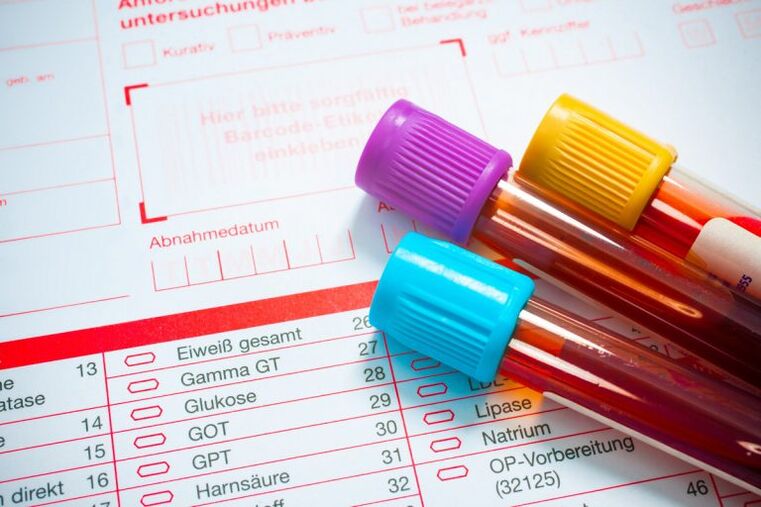
How to check for parasites?
If you suspect parasites, it is necessary to carry out a number of certain analyzes.Moreover, the method and method of research is prescribed by a family or attending physician, depending on the clinical picture in the patient.The grounds for conducting parasites in adults and children are:
- Dyspepsic disorders in the form of diarrhea and constipation that are not adjusted to drugs;
- Pulling pain in the right hypochondrium;
- Sleep disorders (difficulties with falling asleep and frequent awakening at night);
- Allergic manifestations on the skin;
- Soreness in the muscles and joints;
- A constant feeling of hunger even after eating.
In this case, you should consult a family doctor, who will give a referral for analyzes for worms in adults and children.
Types of tests for the identification of worms
There are several types of tests, the totality of the results of which may indicate a particular parasitic invasion.However, it should be remembered that only the attending physician can do the decryption and diagnosis.
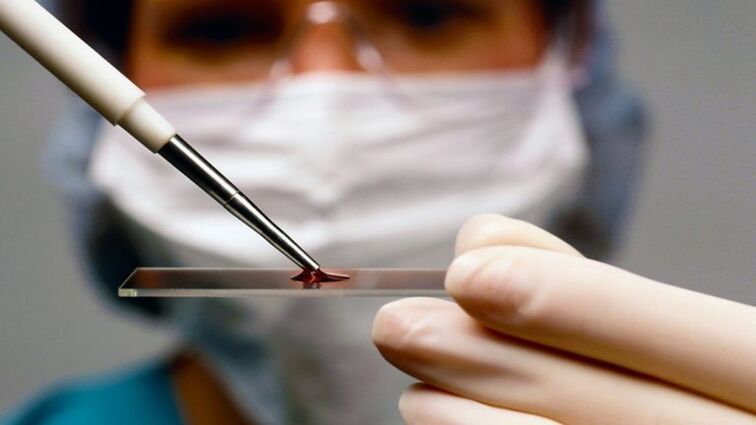
Blood test
One of the reliable and most informative (with an accuracy of 93%) methods for diagnosis on helminths is a blood test for parasites.In the circles of doctors, such a study is called ELISA (immuno -function analysis for parasites in the human body).The study allows you to identify in the blood serum the presence of antibodies that have formed in relation to antigens.That is, in relation to parasitic infections/individuals.The advantage of such a blood test for parasites is the possibility of determining helminthic invasion in the early stages, when helminth is not yet capable of reproduction and does not lay off eggs that can be detected during a coprogram (fecal analysis on an egg -player).
It is important to understand that using such a blood test for parasites, the following parasitic infections can be identified:
- Opisthorchiasis;
- Lambliosis;
- Enterobiosis;
- Ascaridosis;
- Toxoplasmosis;
- Toxocarosis;
- Trichinellosis and others.
Blood on parasites is taken from a vein in the morning on an empty stomach.At the same time, before conducting the study, it is worth carrying out preparatory measures.In particular, to conduct a blood test for parasites, you should adhere to such rules:
- Three days before the diagnosis, do not eat fatty, fried, complex dishes.Food should be simple and easy to digest;
- Three days before the study, you need to abandon alcohol and any drugs;
- The day before donating blood to worms, you need to limit yourself from excessive physical and psycho -emotional stress;
- For at least 3-4 hours, you should refuse smoking.
Important: the implementation of a blood test for parasites in compliance with all these rules allows you to get the most accurate result and eliminates the removal of a false positive result.If the reader is interested in how much time the analysis is done for parasites, then the deadline for obtaining such a result will vary from 3 to 9 days.
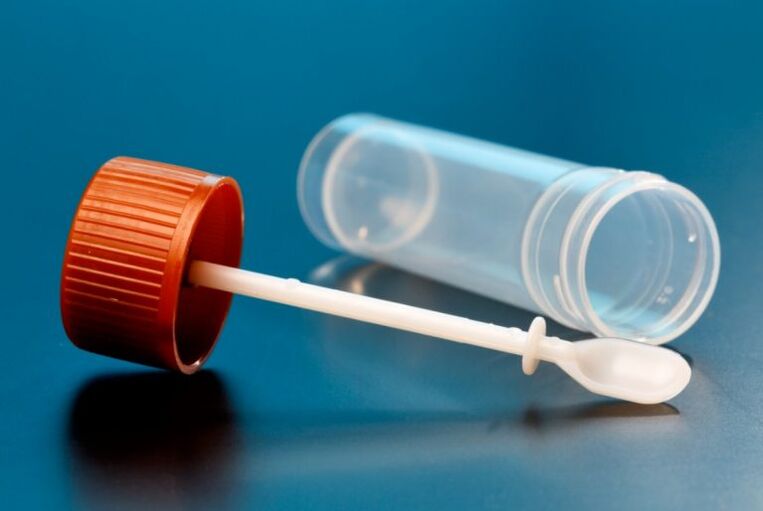
Calais analysis
In addition to the fact that the blood for worms can be donated to obtain accurate information, for the same purpose you can also pass feces for conducting a coprogram.This type of diagnosis allows you to identify helminths in feces during their active reproduction.Therefore, if you do not know how to check for worms, but want to do it yourself and immediately, you can simply contact any commercial laboratory with feces for research.By the way, the family doctor will also primarily issue a referral for such an examination in case of suspicion of helminths.
It is important to understand that if a blood test for worms allows you to identify the maximum number of parasites in the body, then the list of helminths in the study of feces looks somewhat different.In particular, when checking for worms of feces, you can identify eggs and individuals of such helminths:
- Vlashev;
- Krivolovka;
- Pinworm;
- Ascaris;
- Non -core;
- Liver and cat biconomas;
- Strip worm;
- Pork and bull champion;
- The tape is wide;
- Fluke;
- Schistosoma and others.
It is worth knowing that such a study is not always informative, since the parasite can be at the time of passing feces in the maturation stage and is not yet ready to lay eggs.Therefore, in order to obtain a reliable result, it is advisable to take a feces analysis three with a break of 2-3 weeks.
Those who are interested in how to take tests for parasites through the study of feces should know that the feces need to be assembled in a sterile plastic container after committing the morning emptying of the intestine.You do not need to wash yourself before going to the toilet.At the same time, it is desirable to do your business not in the toilet, but in a container, devoid of particles of disinfectants or detergents.It is important to ensure that urine and discharge from the genitals do not get into the biomaterial.You need to collect samples from different parts of feces (from the front, from the back and side).The feces assembled in a container in the amount of 2/3, it is advisable not to store, but immediately send for analysis.Since parasite eggs can live in an external environment up to 10 hours.Storage of the sample reduces the likelihood of a reliable result.
Important: the doctor should also tell about how to hand over the feces correctly when issuing a direction.
If the reader is interested in how many days can analyze this type, then the diagnostic period is much less than when analyzing blood for parasites.In most cases, the result is ready in the evening and sent to the patient’s e -mail (if the diagnosis is carried out in a commercial laboratory).The maximum deadline for obtaining the result of the coprogram is 1-2 days subject to the weekend.
Important: for the smallest patients, they often analyze enterobiosis in the form of scraping.To do this, the cutting of the baby is applied to the skin folds of the anal opening of the baby and press it well.The selected sample is glued to a special laboratory glass and sent for research.In this way, you can identify eggs of pinworms.
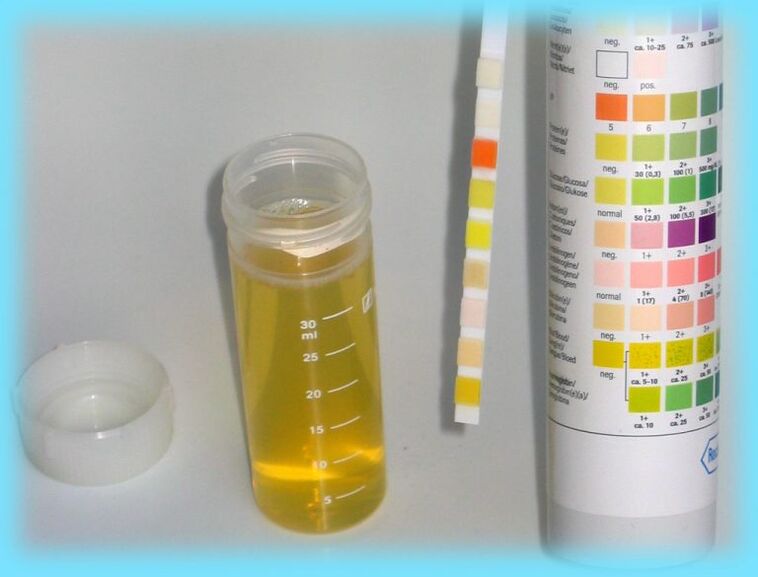
Urine analysis
In general, what tests to take on worms to the patient tells the family doctor.In rare cases, the patient can take types of analyzes in the form of urine to detect helminth.The fence of such biomaterial is possible if the patient is suspected of schistosomosis.Such helminthic invasion most often affects patients after visits to Africa.Such an infection is not common.To obtain biomaterial, you need to collect either a daily portion of urine or a portion of urine from 10:00 to 14:00 (during this period the parasite actively lays eggs).The material is collected in a clean container and sent to the laboratory.In the case of a change in urine sediment, the presence of the patient’s blood and the parasite’s blood in it has the right to confirm the diagnosis.
Deciphering results
Only the attending physician should interpret the analysis of parasites.But the patient, before visiting the doctor, in the presence of a form with the result of the study, can understand himself in a state of his body.It is especially easy to do this in relation to the copperogram (fecal analysis).So, if eggs or individuals of the parasite in the feces on the form are detected, the “found/detected” vulture will stand on the form, and the type of parasite will be indicated below.If the patient’s feces are clean, the bar will flaunt “not found” on the form.
Enterobiosis test can be negative or positive.That is, the research form will stand “-” or “+”.
As for the IFAF (blood tests for parasites), here the result can be interpreted by antibodies detected in the blood sample.In particular, the laboratory assistant can identify such immunoglobulins with the corresponding interpretation:
- The activity of IGM antibodies indicates recent infection (no more than 14 days);
- The activity of IGG antibodies indicates the development of immunity in the body and the chronic course of pathology;
- Igue activity indicates the presence of a parasitic infection in the patient's body.
At the same time, the specialist will additionally evaluate the concentration of antibodies to the volume of blood, which will allow the doctor to evaluate the intensity of parasitic infection and the activity of helminth in the body.
Important: if the patient does not know where to take tests for parasites, then it should be understood that the attending physician directs the patient to one of the state or commercial laboratories.Independently, you can take tests only in the form of feces and scraping in a commercial diagnostic and laboratory center.Blood for helminthic invasions without referral from the patient is unlikely to be taken.Or they will offer to make a complete comprehensive analysis (blood and urine tests), which will result in a considerable penny.
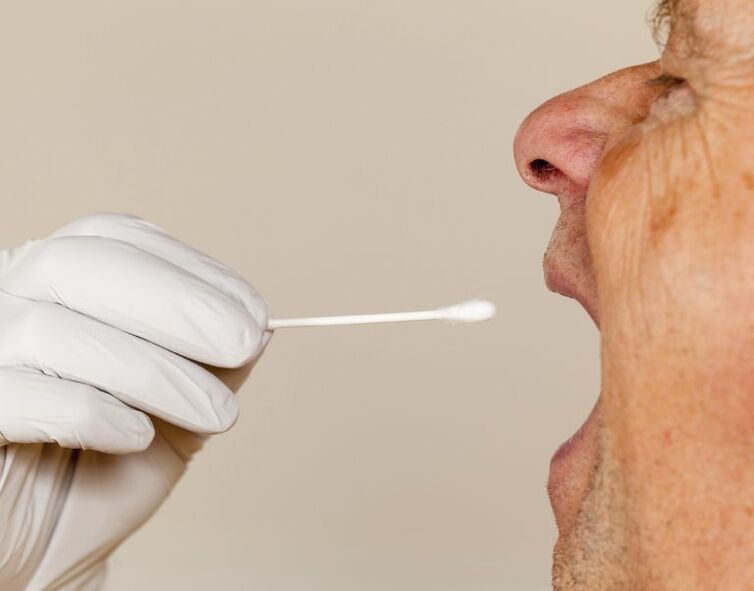
How to check for worms at home?
In addition to finding out the issue on the topic “What tests need to be put on parasite to an adult” can also be understood that the initial diagnosis can be carried out at home.In particular, instead of passing tests for worms, use the following home methods:
- Encabsis.Helps to identify the living individuals of the helminth and its eggs in feces.It is advisable to do the procedure in the late evening, since it is for this period that the peak of parasite activity is necessary.When the intestines are emptying in the feces, both worms and their eggs can be detected, if they are present in the body and are at the stage of reproduction;
- Express test for worms.The set of the test contains a piece of glass and a special adhesive tape.The tape is glued to the jokes in the morning after waking up and then, having broken, applied to the glass.Under a magnifying magnifying glass, you can consider the eggs of the pinworms, if they are there;
- WHOLE for worms by salivaIn this case, the kit contains a container for collecting biomaterial and 11 reagents designed to identify various parasites.Reagents can identify toxins that release helminths in the human blood.The information content of this method is 100%.Moreover, the invasion can be identified in this way both in the acute stage and in chronic.The only drawback of such a test is his inaccessibility to a potential buyer in the CIS countries.If it is possible to find a complex for determining helminths, then its price will be considerable.
No matter how much you want to understand your body in your own strength and find out what tests are handed over for a helminthic invasion, you still remember that accurate results can be obtained only with specialized blood and feces that the attending physician will direct you to.In addition, such tactics will allow time to win and prevent worms from breed in the body.






































